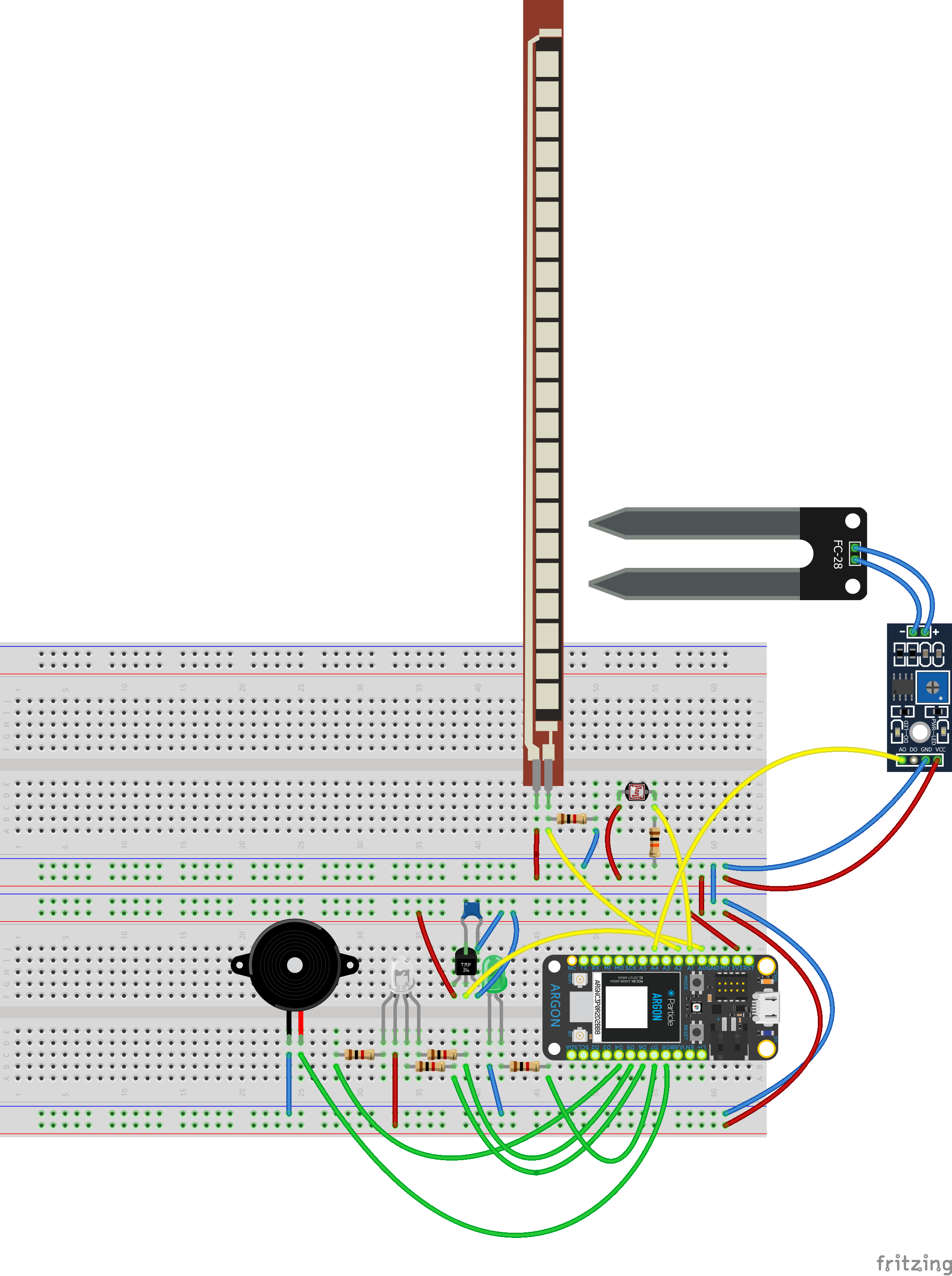Solution
"Ohhhhh......What happened to my plants???" is a general reaction of people when they come back from long vacations.
With Happy Pods I plan to tackle this problem and help people and plants have a Good Time!!
Based on research, it is identified that proper color of lights given for proper amounts of time will help plants grow better inside houses. Happy Pods take this into consideration and give an Integrated solution of sunlight and ambient grow lights in Blue(encourages vegetative leaf growth) and Red(allows plants to flower) colors.
Water being an important light source after light is also taken care with Happy Pods, with the help of a Soil moisture sensor. The USP is that the plant informs about its health to the user using flex sensor in combination with other available sensing elements.
Thus, taking care of itself and its owners, Happy Pods plan to give the thing that plants have been doing from ages -
Giving Happiness to Others!!!
